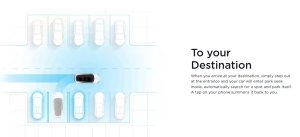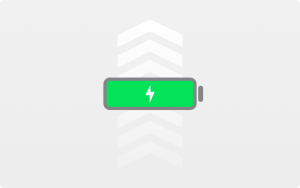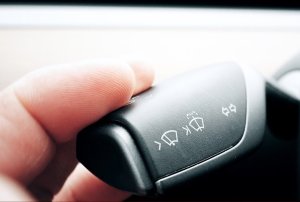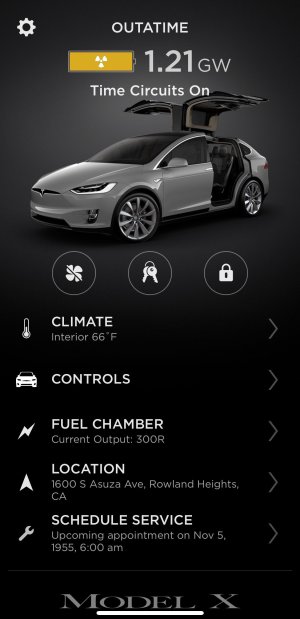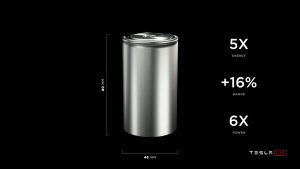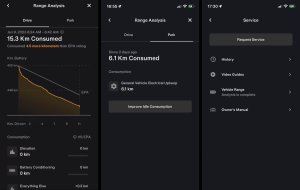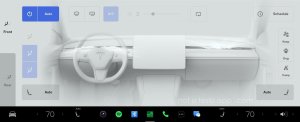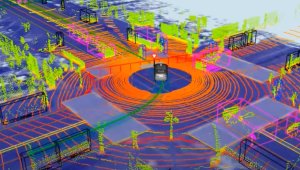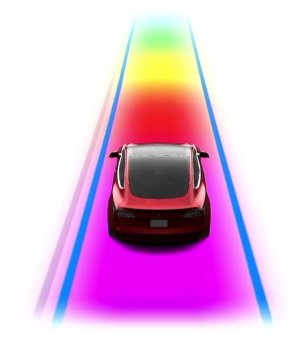Tesla's Model 2: A Deep Dive into Its Potential Futuristic Design
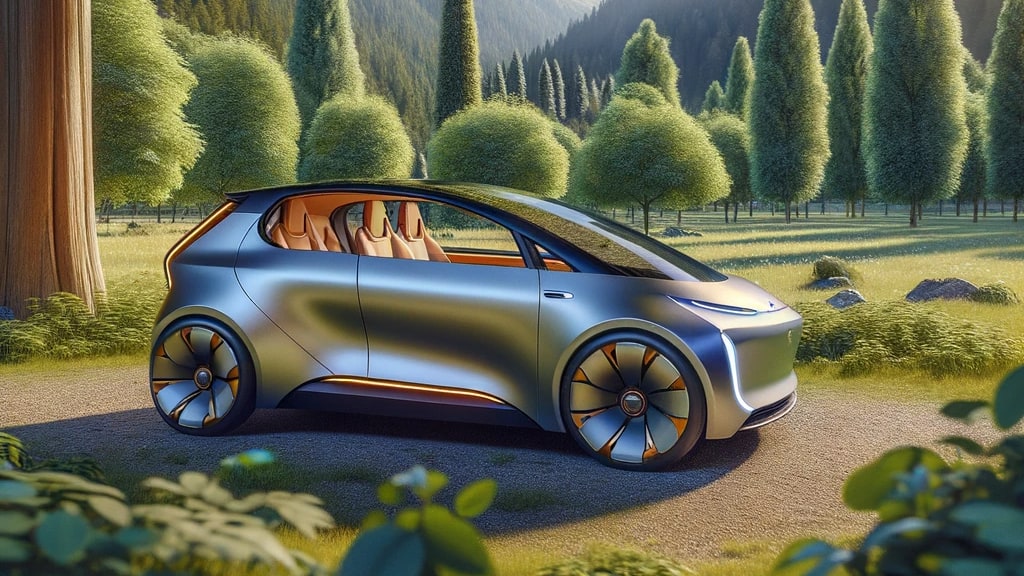
With all the attention on Cybertruck, Tesla is quietly working on the real game changer. Somewhere in Tesla's research and development is the Model 2, the next-gen, more affordable Tesla. It is the car that Tesla predicts will sell more than all of its other vehicles - combined!
The company has long been known for its futuristic and sleek designs, with the upcoming Model 2 touted as the most affordable and utilitarian offering yet. Yes, utilitarian were the words used by Elon Musk as he reiterated the primary focus for the Model 2 would be simplicity in design, manufacturing efficiency, and affordability.
But how might this vision translate into the actual car design? We have a few ideas using some hints and lessons from the past. For simplicity's sake, we will refer to the next-gen car as the Model 2 in this article.
Teardrop Shape: Aerodynamic Mastery
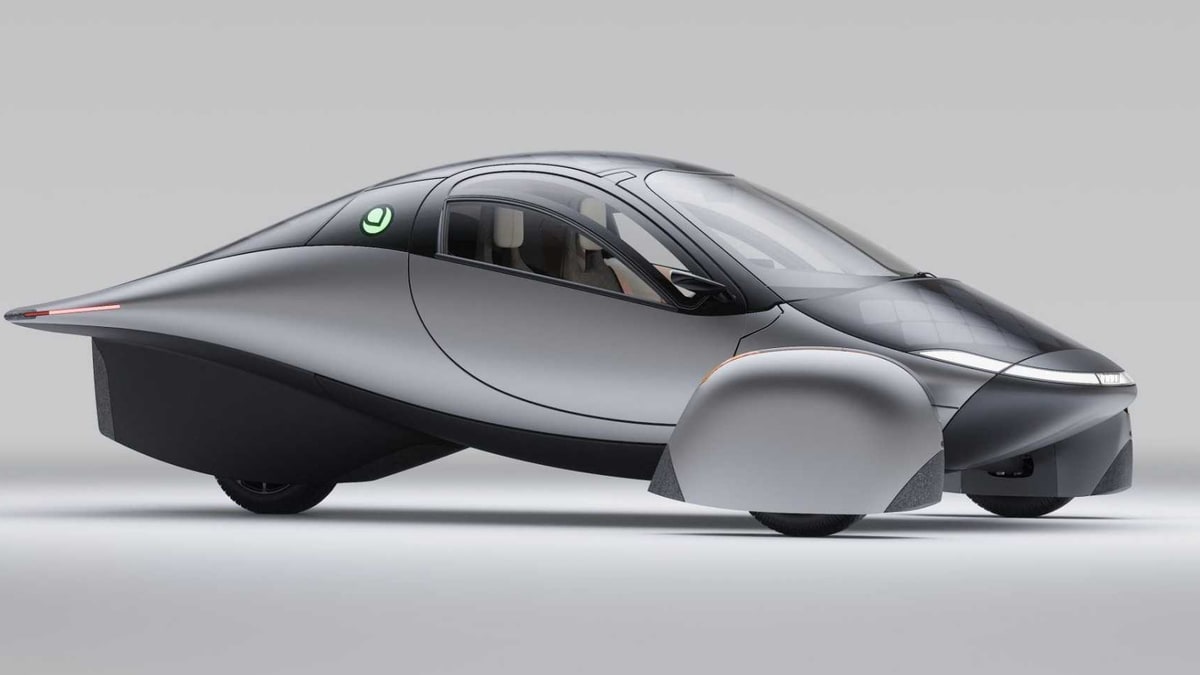
Arguably the most aerodynamic shape for cars, the teardrop design minimizes drag, which is crucial for electric vehicles where range is paramount. The Model 2 could integrate this shape, focusing on the perfect harmony of form and function.
A vehicle is yet to be produced, but it has shown this design and how Tesla could use it. Aptera knows that in vehicle efficiency, drag coefficients are king. It is a crucial metric denoting aerodynamic resistance: while a Toyota Corolla registers at 0.29 and the Tesla Model 3 impresses with 0.23, the Aptera records 0.13. To put that in perspective, the bottlenose dolphin puts up a 0.1.
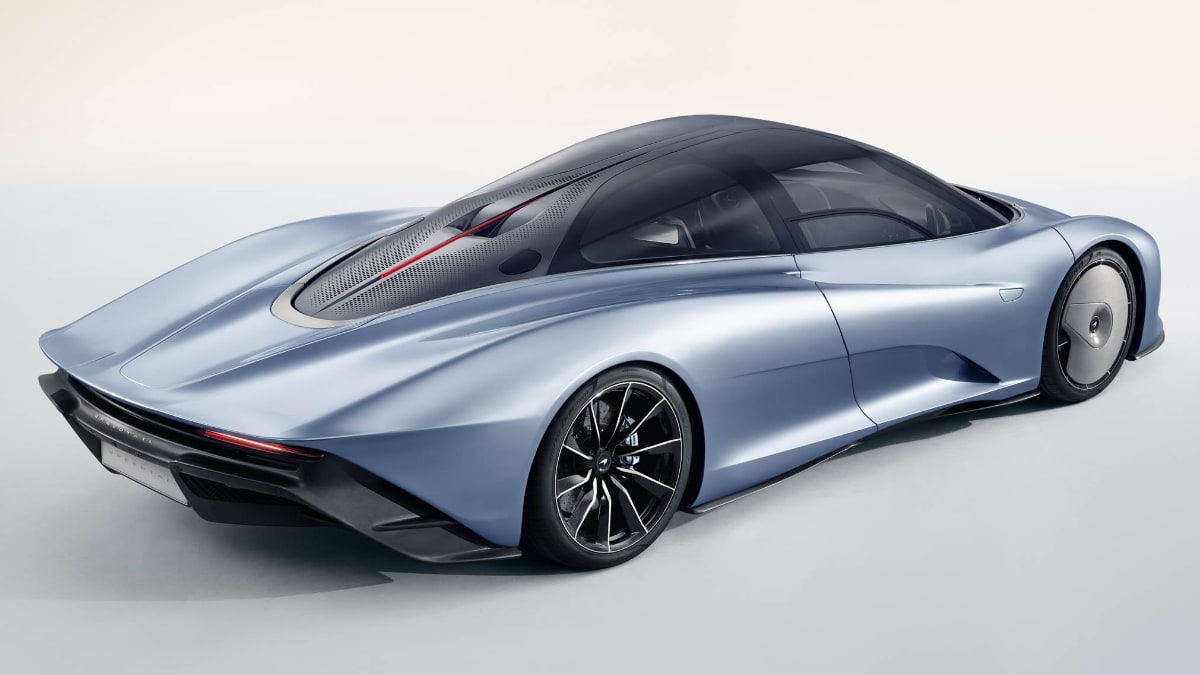
When McLaren set out to conceive their swiftest road-going model, it didn't merely optimize the engine; it sculpted the very form of the car itself. The McLaren Speedtail's streamlined silhouette, exemplified by its elongated tail, the omission of conventional side mirrors, and aerodynamic front wheel covers, is a testament to this design philosophy.
Three Wheels: Sneak Peak Lines up with Aptera
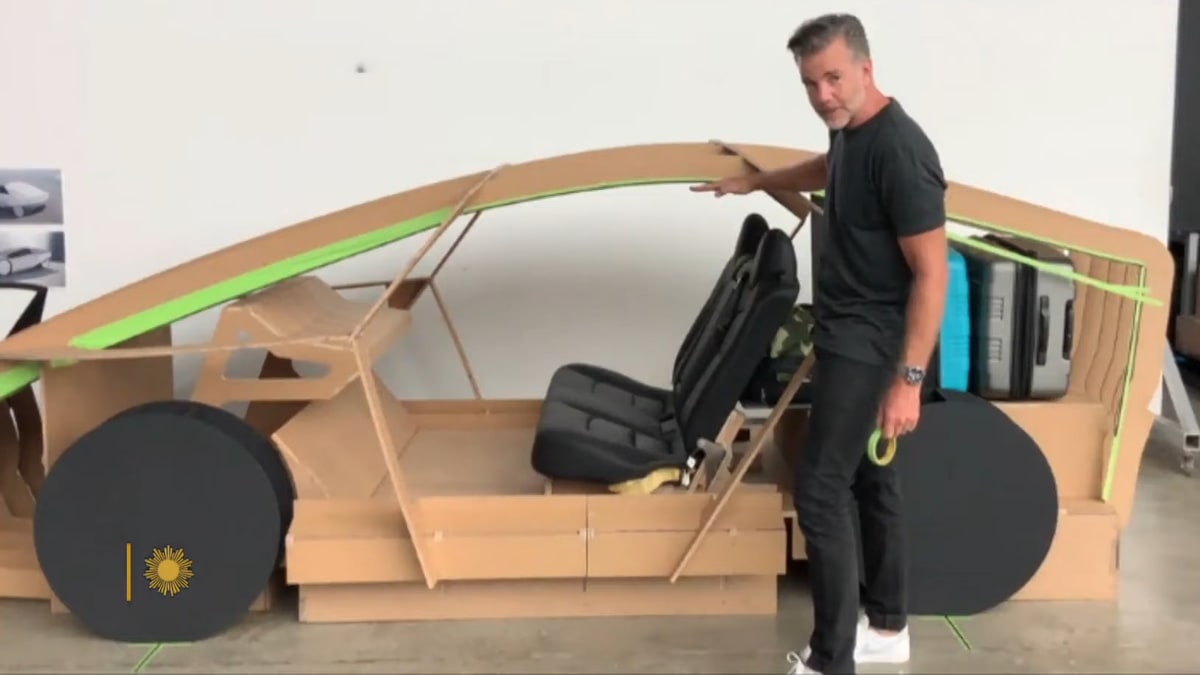
An image in the Walter Isaacson books seems to be a mock-up of a Model 2. Take a good look at both the product and the pictures on the wall behind it. It appears to be a three-wheel, tear-shaped vehicle. Aptera also has three wheels. The company says it "leads the pack by having the least "rolling resistance" — the energy needed to keep your tires rolling at a straight and steady pace."
Going to three wheels reduces the touch points and areas where energy can be lost. It could incorporate unconventional headlights or eliminate the traditional trunk. The Aptera's radically efficient design offers a glimpse of such out-of-the-box thinking.
Rethinking Doors and the Frunk: Simplifying Structure
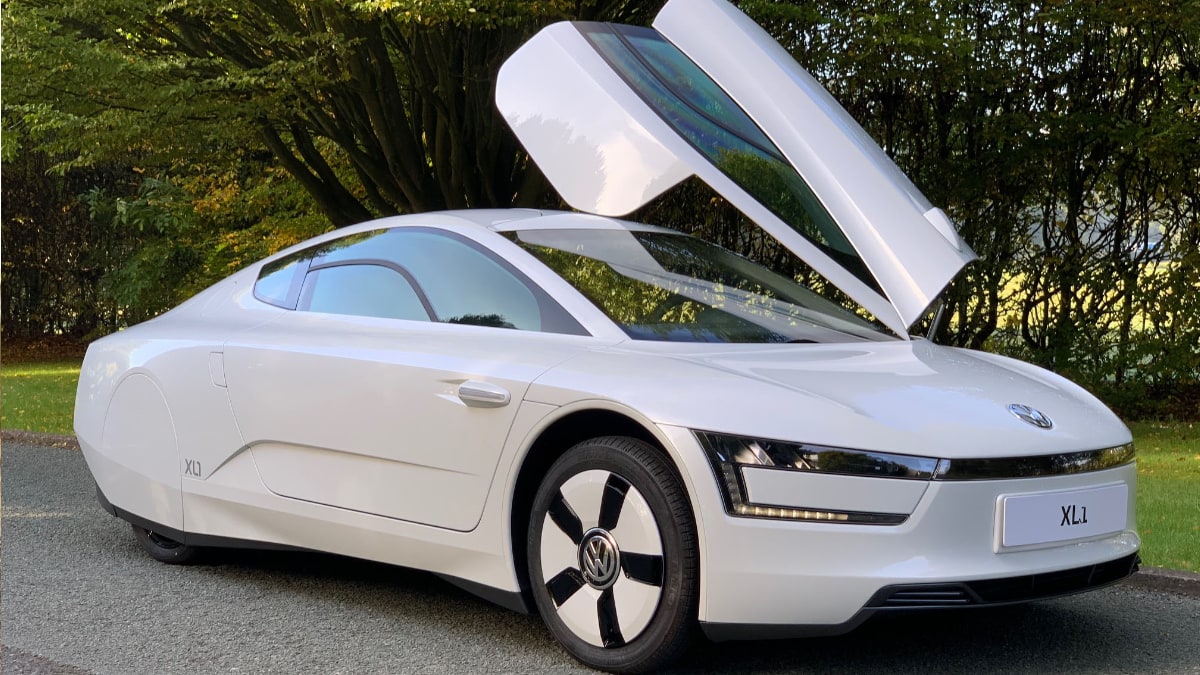
While a four-door design is conventional, a two-door Model 2 would be simpler and likely cheaper to manufacture. Moreover, since the frunk primarily serves as storage in electric vehicles, Tesla could consider eliminating it altogether. This recalls Volkswagen's audacious 1-litre car concept, which featured gullwing doors and a futuristic design.
But we don't need to go back that far, as again, we can point to Aptera's design. The two-door, two-seater has storage room but certainly not to the same level as a Model 3. Given this Model 2 is going to be a point A to point B car, how much storage space is required?
Aero Wheel Design: Balancing Aesthetics with Efficiency
Tesla's Model 3 aero wheels have already demonstrated the balance between aesthetics and efficiency, offering up to a 3.4% boost in range. The Model 2 could take this further by fully enclosing the wheels or adopting innovative designs similar to the McLaren Speedtail's aerodynamic front wheel covers. It could go even further than that; see the next point.
Fender Skirts: Maximizing Range
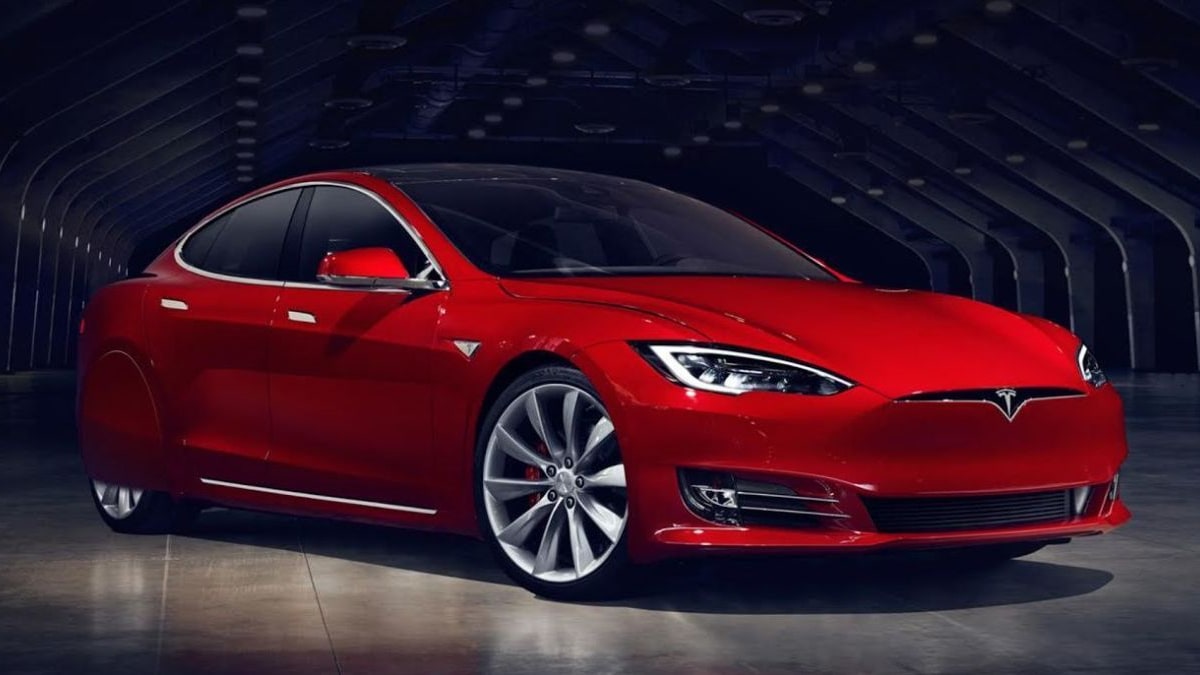
Historically, fender skirts have shown a marked improvement in fuel efficiency. The original Honda Insight from 1999 achieved a drag coefficient of 0.25 with its covered rear wheels. By re-introducing fender skirts, Tesla could further streamline its impressive aerodynamics, extending the Model 2's range. But, as General Motors pointed out, this could require certain design adjustments, like narrower rear tires, to maintain safety and handling.
Mirrorless Design: Reducing Drag
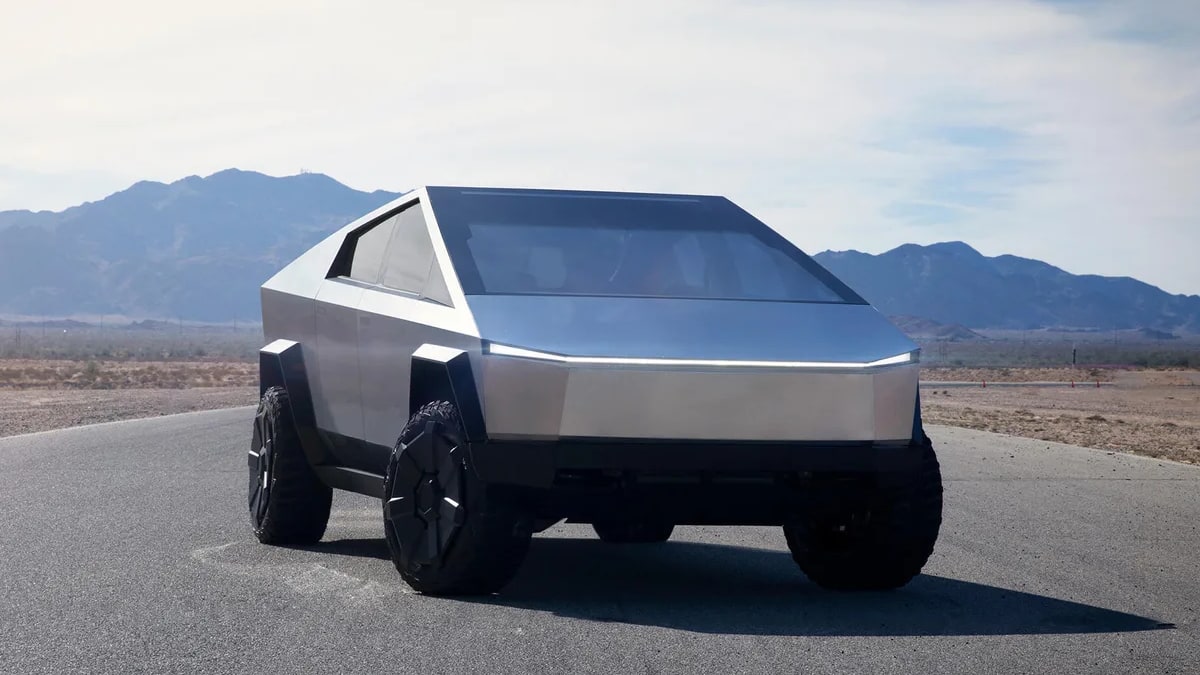
Mirrors add drag, and if Tesla can persuade regulators, a mirrorless design would make the Model 2 even more streamlined. Replacing mirrors with cameras has been around for a while. Still, Tesla could be the one to popularize this in mass-market EVs. The company has already been touting this as a feature for the Cybertruck. However, some jurisdictions require external mirrors. At some point during the evolution of the car, regulators must understand that camera technology is superior to mirrors.
While these speculations are based on current trends and historical data, one thing is certain: Tesla's Model 2 will challenge conventions. As the company delves deeper into achieving unmatched manufacturing efficiency and affordability, the Model 2 will likely carry Tesla's legacy of innovation.











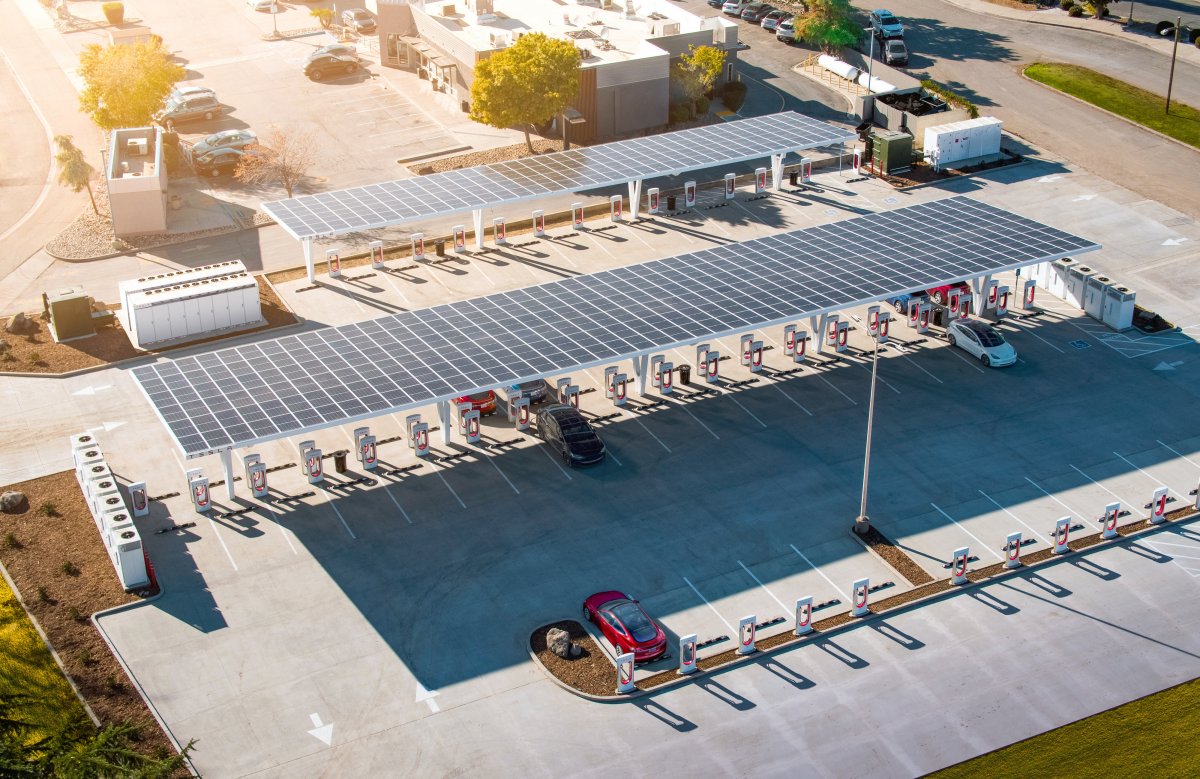
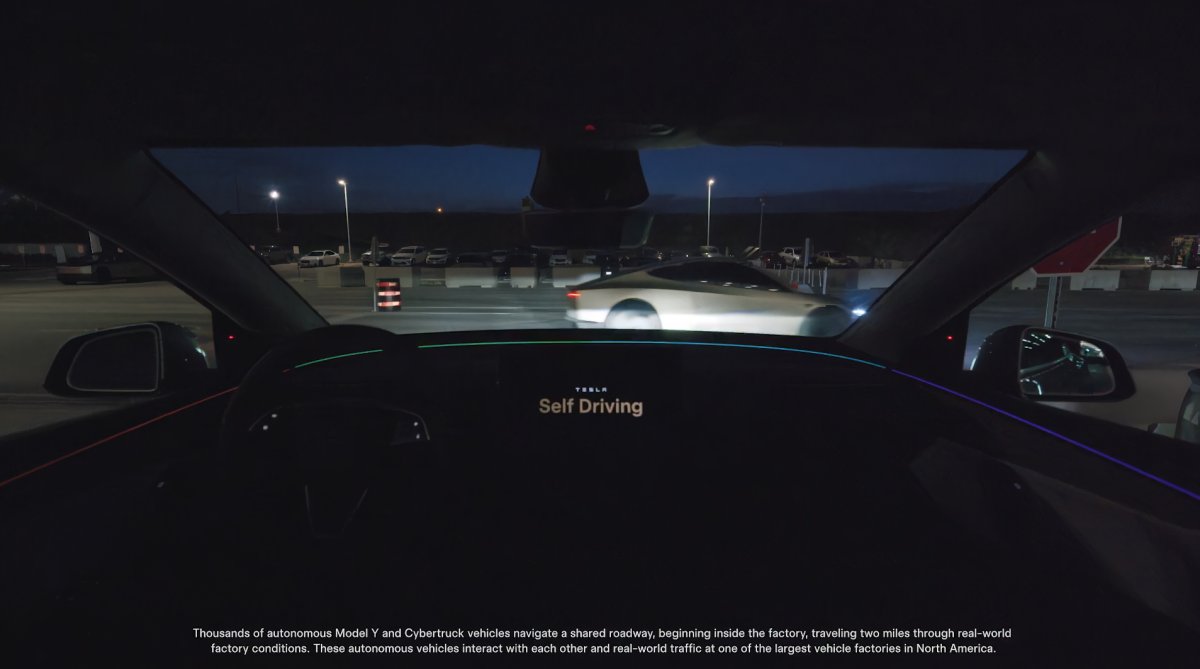
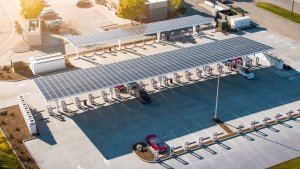

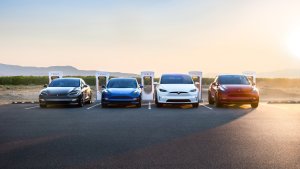
![Tesla’s Missing Voice: Why a PR Team Matters More Than Ever [Opinion]](https://www.notateslaapp.com/img/containers/article_images/multiple-models/group_93.jpg/4e1056961f0480c7b9eff43dd2ec288e/group_93.jpg)

